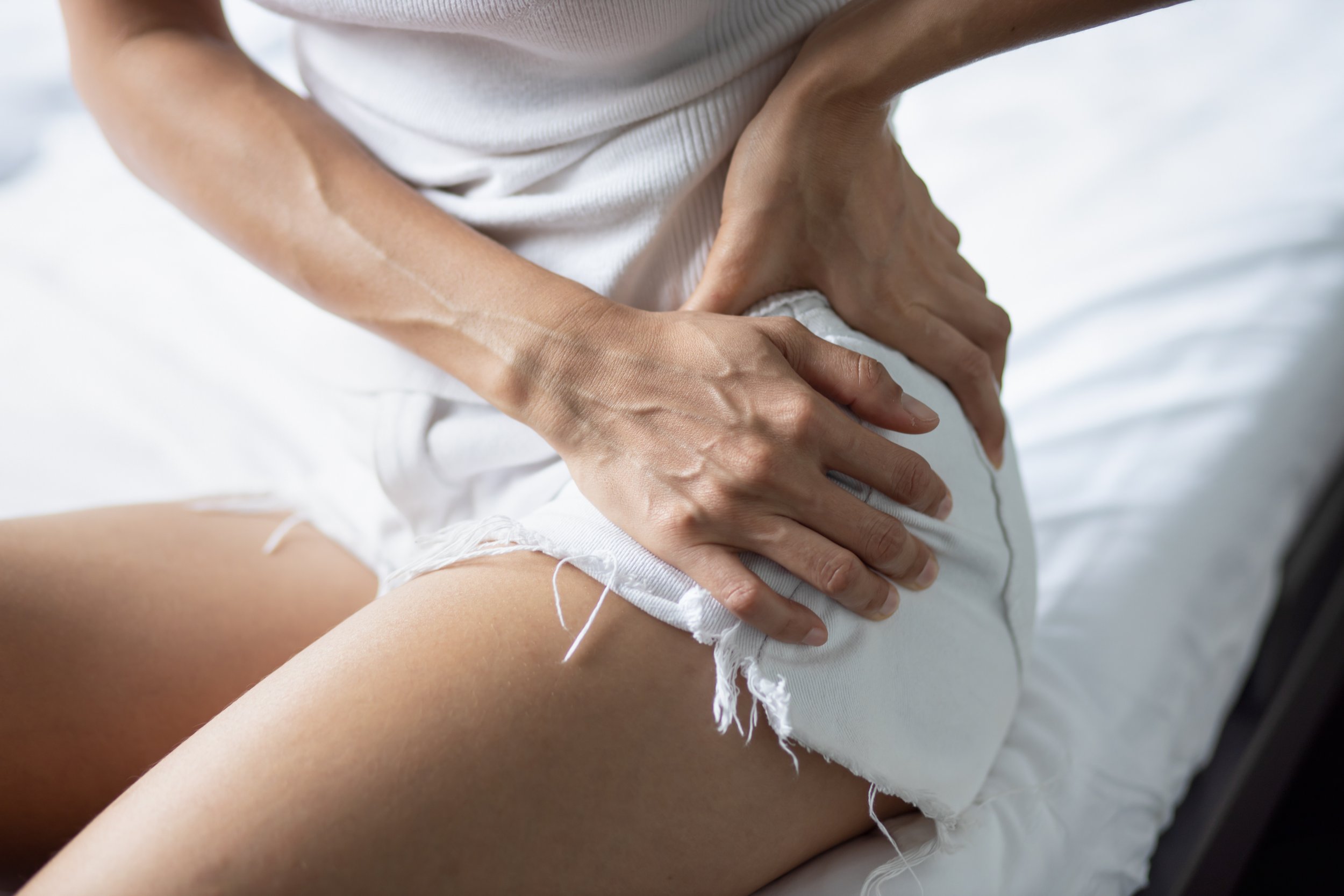Hip & Groin Pain
Hip Pain
At Vitalis we specialise in the expert assessment of and treatment of hip pain, especially young adults. Using a systematic assessment we can identify if the joint is the underlying cause of pain. Assessment will take in to account a detailed history of your symptoms, a physical examination that evaluates your hip range of motion, ligamentous laxity, hip muscle strength, biomechanics and movement patterns. You will also undergo an assessment of surrounding areas that may be referring to the area. Often, some form of scanning is helpful to identify any subtle problems with the shape of the ball and socket joint, this will be discussed with you in detail. If you have femoro-acetabular impingement (FAI), micro-instability with ligamentous laxity, snapping hip, iliopsoas tendinopathy, gluteal tendinopathy, mild dysplaysia (shallow socket), mild or moderate arthritis we can help you.
Our goal is not just to treat pain, but to re-build movement that feels natural, stable and strong. The hip joint is subject to high forces when walking and running, therefore building muscle mass around the hip joint is key to creating stability and controlling symptoms long term. We use soft tissue release and dry needling in addition to a tailored hip rehab programme.
Groin Pain
Are you struggling with pain around the pelvis and groin? Pelvic and groin pain can be persistent, complex and deeply disruptive – but it’s also highly treatable with the right management. The pelvis is like a circle and is an area of complex force transfer.
It must withstand high forces involved with movements we take for granted such as walking or running. If there is dysfunction or a failure of load transfer at one point in the circle, then pain can often occur in more than one area around the pelvis.
Our expert assessment identifies the underlying causes of your symptoms such as adductor related groin pain, hip related groin pain, lower abdominal related groin pain, pubic bone overload, ilopsoas pathology or pubic bone stress injury. There may be more than one pathology present and this is often a factor missed in standard care. Assessment will take in to account a detailed history of your symptoms, a physical examination that evaluates your lower back, pelvis, hip range of motion, ligamentous laxity, hip muscle strength, adductor and lower abdominal muscles, biomechanics and movement patterns. You will also undergo an assessment of surrounding areas that may be referring to the area. Often, some form of scanning is helpful, this will be discussed with you in detail. As the area is subjected to such high forces during walking and functional movements, rehab is usually focused on building muscle mass around the hip, pelvis and lower abdominals to re-establish stability and efficient movement. Our goal is not just to treat pain, but to re-build movement that feels natural, stable and strong.



